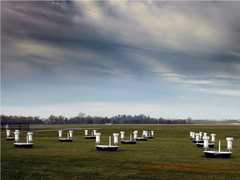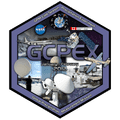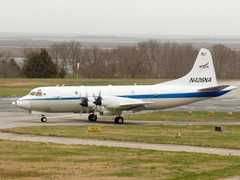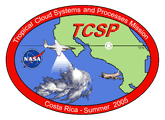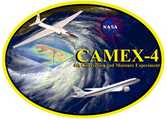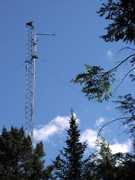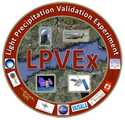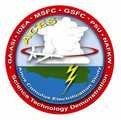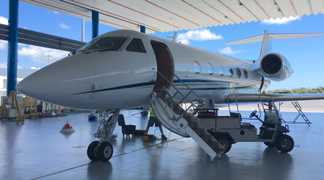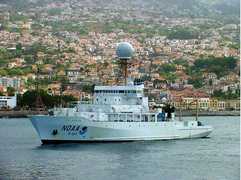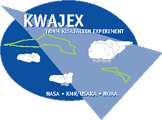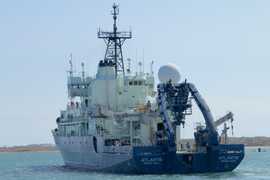C-band radars operate within the 4-8 GHz frequency range. They provide measurements of radar reflectivity, Doppler velocity, and other parameters to characterize precipitation and clouds. C-band radars are usually used for short-range weather observations because they are more prone to attenuation.
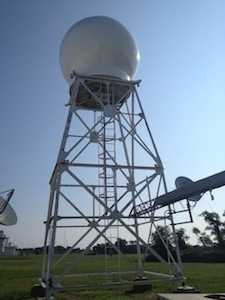
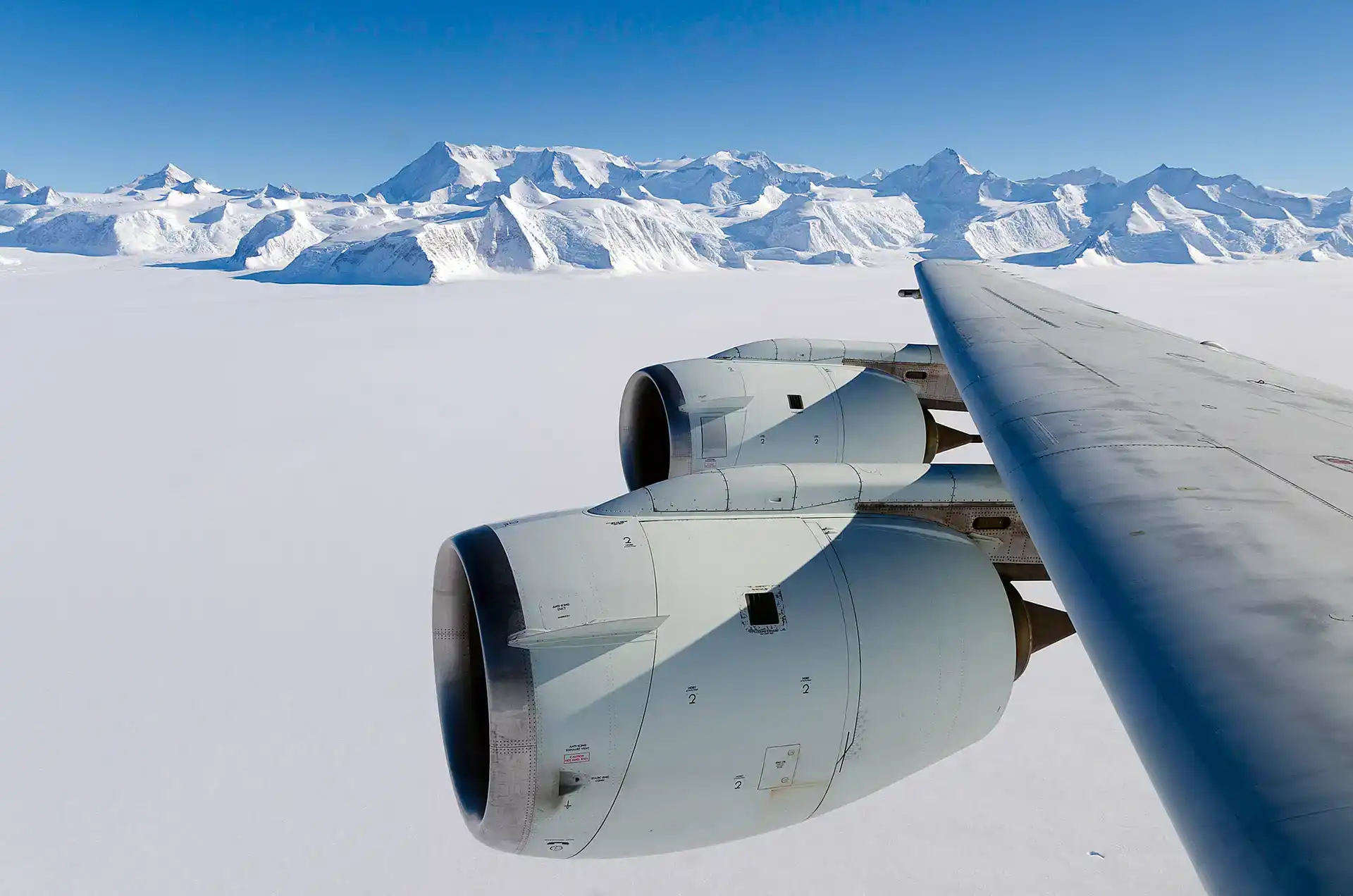
Instrument Details
- Radar
- Earth Science > Spectral/engineering > Radar > Doppler VelocityEarth Science > Spectral/engineering > Radar > Radar ReflectivityEarth Science > Spectral/engineering > RadarEarth Science > Spectral/engineering > Radar > Spectrum Width
- Full Column Profile
- Variable
- Variable
- 4-8 GHz
- Currently unavailble
Currently unavailable
Currently unavailable
Currently unavailable
Currently unavailable
Currently unavailable
Filter data products from this instrument by specific campaigns, platforms, or formats.
CAMPAIGNS
PLATFORMS
FORMATS
